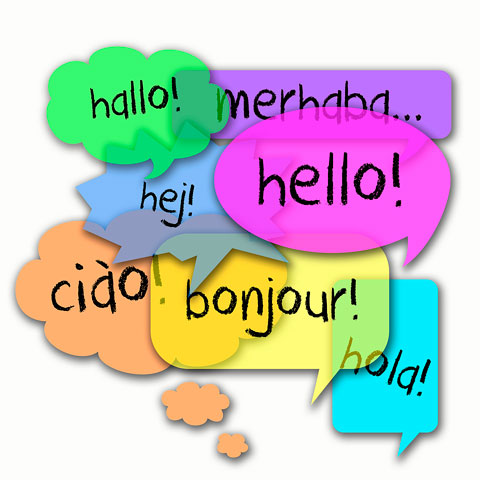Does your preschool class include children who speak languages other than English at home? Research about young dual language learners supports the need to maintain children’s home languages while they are learning English. Here are some ways that teachers who are not fluent in their preschoolers’ home languages can help. (See Illinois Early Learning and Development Benchmarks 28.A.ECa, 28.A.ECb, 28.A.ECc, 29.A.ECa, 29.A.ECb, and 29.A.ECc.)

Keep in mind that it is important for children to maintain their home languages as they learn English.
- Learning in both languages may keep a child from falling behind in some areas.
- Keeping a child’s home language helps preserve family ties.
- Knowing more than one language can be an asset later in life.
Make the classroom a place where all children feel they belong and are valued.
- Never allow teasing or isolation that could make a child feel unsafe or unwelcome.
- Put posters and pictures on walls related to all the children’s cultures.
- Provide some books and games in the home languages of all children.
- Label objects in the classroom using children’s home languages as well as English.
- Create a picture chart showing basic needs—eating, drinking water, and entering the bathroom—along with appropriate words in English. Children can point to a picture to communicate their needs, then repeat the words that the teacher uses.
- Use projects and other inquiry-based activities to encourage all children to participate.
Plan ways to bring the children’s home languages and cultures into the classroom.
- Learn at least a few words in each of the home languages that you expect to have in your classroom. Ask your local library for help or look for free translation Web sites.
- Find someone to provide some subject instruction in each child’s home language.
- Play music from each child’s culture and home language.
- Ask parent classroom volunteers to read some books in each child’s home language.
- Invite children to teach words from their home languages to the class.
- Encourage children to share objects or games from their home cultures.
Help children to understand and use both English and their home languages.
- Create routines that help children anticipate what will happen next even when they don’t understand all that is said.
- Use visual aids to illustrate words used in class.
- Reinforce English words they are learning with ongoing activities over several days.
- Promote child-to-child conversations.
- Encourage children to talk to their families about what they do at school.


 Printer-friendly PDF
Printer-friendly PDF PDF para imprimir
PDF para imprimir